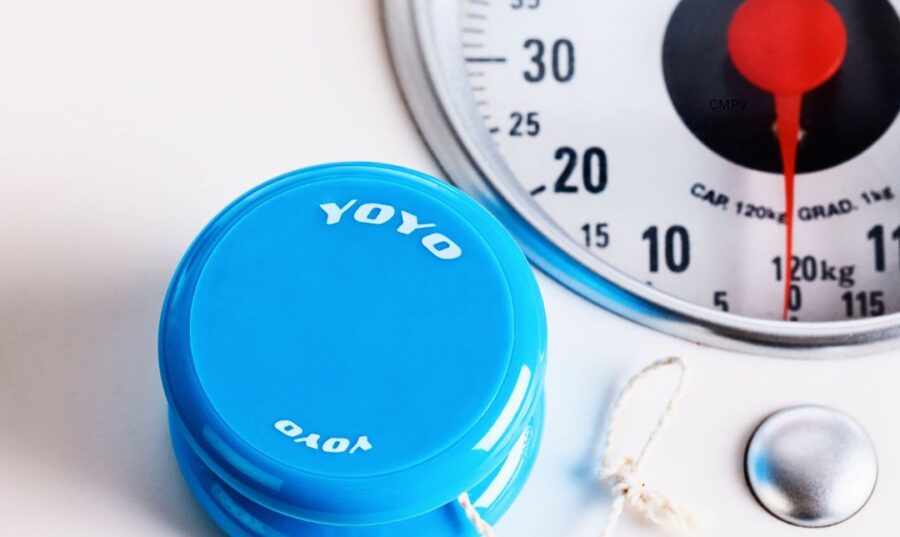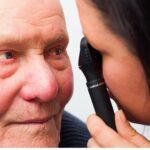|
Getting your Trinity Audio player ready...
|
Waist circumference is a marker of abdominal fat. This measure is used to identify health risks related to fat accumulation. It is a simple and easy measure to evaluate if you have retained more abdominal fat than necessary. It is an indirect indication of the amount of adipose tissue within the abdomen, often called visceral fat. Too much fat in this area increases the risks of insulin resistance, atherosclerosis, fat accumulation around organs and chronic inflammatory states throughout the body.
How is waist circumference measured?
This value is obtained by measuring with a tape measure that extends without stretching, the distance around the smallest area under the rib cage and above the navel, surrounding the waist. You must stand and take the measurement at the end of a normal expiration. It is recommended to make at least two measurements which must be averaged (sum them and then divide them by 2).
Interpretation of the measurement
A measurement greater than 40 inches (102 centimeters) in men and greater than 35 inches (88 centimeters) in women is an independent risk factor for chronic diseases. For example, type 2 diabetes, high blood pressure, coronary artery disease, among others. The National Institutes of Health indicates that this measure is not useful in people with a Body Mass Index (BMI) of 35 kg/m² or greater, or in people shorter than 60 inches (5 feet).
The table below classifies the obtained waist circumference measurement by risk category for heart disease.
| Risk Category | Women | Men |
| Very low | < 27.5 pl (< 70 cm) | < 31.5 pl (< 80 cm) |
| Low | 27.5 – 35.0 pl (70 – 89 cm) | 31.5 – 39.0 pl (80 – 99 cm) |
| High | 35.5 – 43.0 pl (90 – 109 cm) | 39.5 – 47.0 pl (100 – 120 cm) |
| Very high | > 43.5 pl (> 110 cm) | > 47.0 pl (> 120 cm) |
Risks
The American Heart Association señala que las personas con obesidad abdominal y exceso de grasa alrededor de la sección media del cuerpo y los órganos tienen un mayor riesgo de enfermedades cardíacas. Por ejemplo, alta presión, infarto de miocardio, insuficiencia cardíaca, enfermedad vascular periférica, arritmia, entre otras. Además, destaca que la grasa abdominal es un factor de riesgo independiente para estas enfermedades, incluso con un BMI adecuado.
In older adults (65 years and older) this measurement has a strong correlation with the insulin sensitivity index, which measures how well insulin does its job in our body.
Carmen M. Pérez Velázquez










